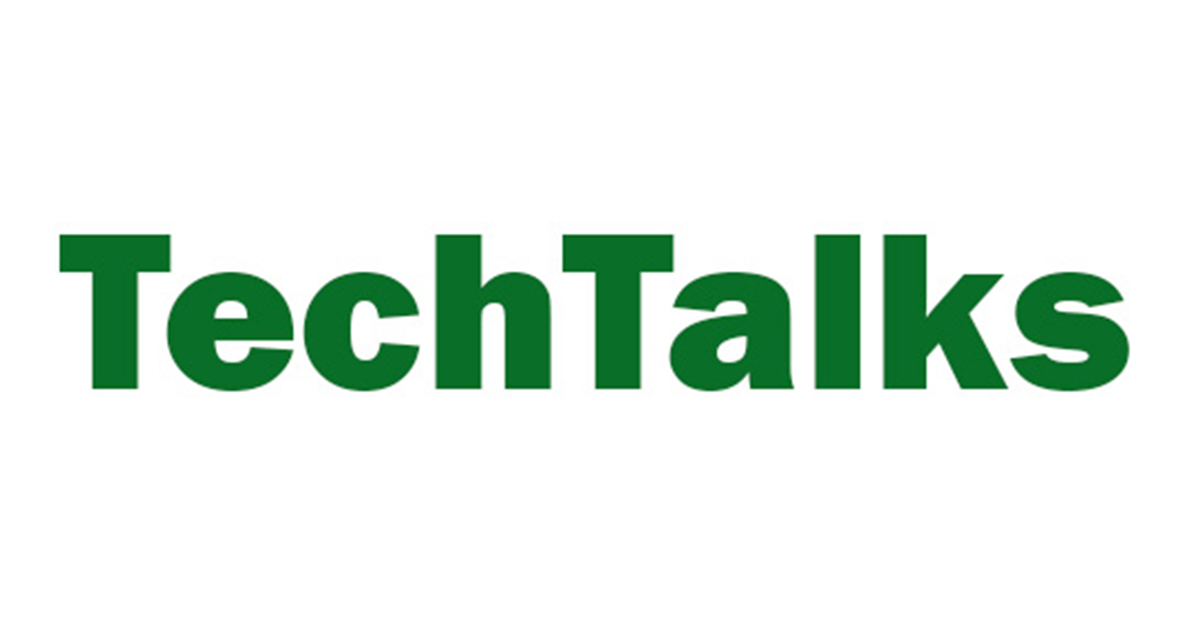Evidence shows a positive work environment boosts productivity, thereby making the company more profitable. A positive workplace culture fosters employee engagement, which elevates the bottom line. “Engaged employees produce better business outcomes than other employees — across industry, company size and nationality, and in good economic times and bad,” states a recent Gallup report. “Business or work units that score in the top quartile of their organization in employee engagement have nearly double the odds of success.”
Highly engaged business units have 41 percent less absenteeism and 17 percent more productivity. Within high-turnover organizations, highly engaged business units experience 24 percent less turnover, Gallup reports.
Overall, the behaviors of highly engaged business units result in 21 percent greater profitability for the employer, Gallup estimates. Being happy at work increases creativity, innovation, and motivation, thus boosting productivity, according a 2017 report from the University of Warwick in the United Kingdom, published in the IZA — Journal of European Labor. Positive emotions increase people’s capacity for memory and performance, the report explains.
Companies that won a “Best Places to Work” award, recognizing their positive culture, significantly outperformed (by 115.6 percent) the overall market in the S&P 500, according to a study by Glassdoor. In contrast, a portfolio of 30 companies with the lowest employee satisfaction rates significantly underperformed (by 29.5 percent) the overall market.

Work Stress Is Costly
A high-pressure, high-intensity, aggressive, competitive culture often won’t bring the financial success that you might expect. Constantly pushing employees to work harder and accept nothing short of perfection can take a measurable toll.
A stressful work environment is costly due to a number of factors:
- Increased medical claims
- Higher absenteeism
- Higher presenteeism
- Increased turnover
- Higher risk of workplace accidents or errors
- Lower productivity
Chronic stress can cause or exacerbate many health problems, including headaches, insomnia, heart disease, obesity, and gastrointestinal problems.
On average, the number of visits to a generalist doctor is 26 percent higher for individuals with high-stress jobs, compared to those with low-stress jobs, according to a 2011 study published by BMC Public Health. Similarly, the average number of specialty doctor visits is 27 percent higher for people with high-stress jobs, compared to those with low-stress jobs.
Turnover costs are problematic, as well. Having lots of employees working in understaffed departments creates extra pressure and dissatisfaction. Spending a lot of time on interviewing and replacing workers is a big drain on productivity.
Elements of Success
What creates a positive work environment and more engaged employees who want to stay? Here are some key factors:
- Knowing what is expected of you at work
- Receiving recognition or praise for doing good work
- Having a supervisor who cares about you as a person
- Feeling that your opinions count
- A company mission or purpose that gives your job importance
- Having coworkers who are committed to doing quality work
- Having opportunities to learn and grow
- Receiving regular progress reports
- Trust in leadership
- Having a fair, inclusive and diverse workplace
Engaged employees feel valued, supported, and respected — generally the opposite of a high-stress, cutthroat workplace culture.
Building a Positive Work Environment
A company’s culture can vary across different departments and locations. When you’re ready to implement changes to foster better employee engagement, it may be best to focus on individual departments or offices, starting with those that have the lowest rate of employee engagement. To identify the departments or locations with the lowest engagement, use a case management system and employee surveys. A case management tool tracks where and when there have been complaints of harassment or discrimination.
Many employers offer wellness programs aimed at relieving stress, such as gym memberships, yoga classes, wellness apps and meditation rooms. Others offer benefits that promote work-life balance, such as flextime, telework, backup childcare programs and concierge services.
Flextime and remote work aren’t possible in certain industries, but all businesses can find ways to cultivate employee engagement though a combination of various benefits, programs, good leadership in management and good communication practices.




